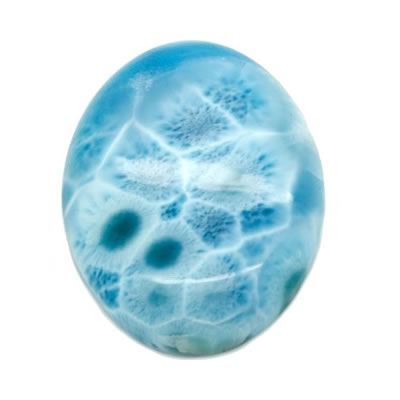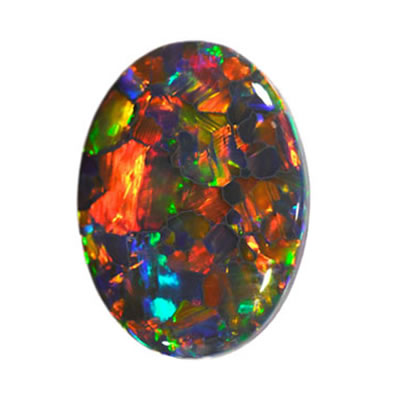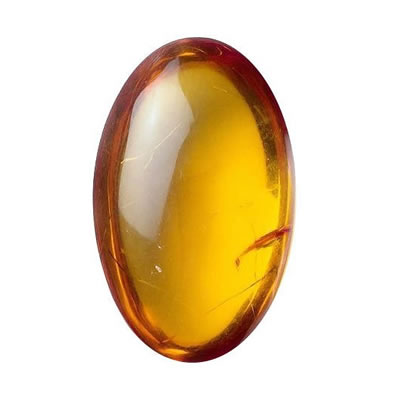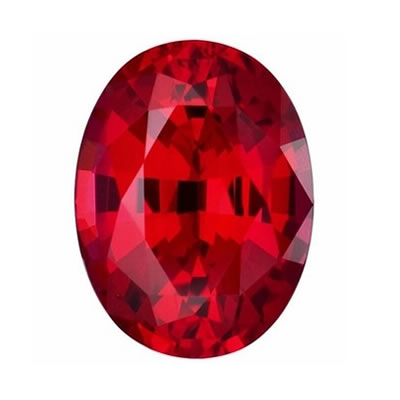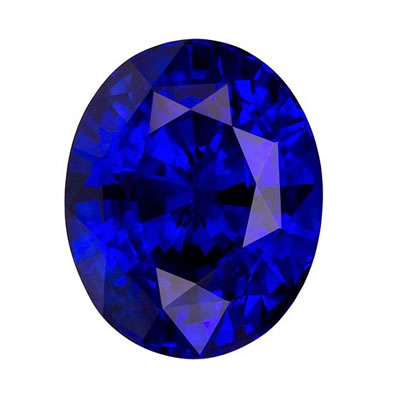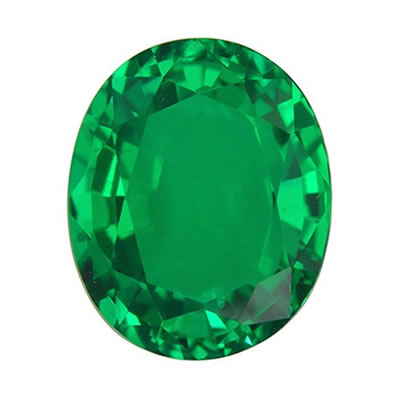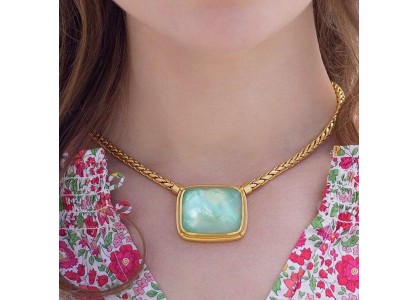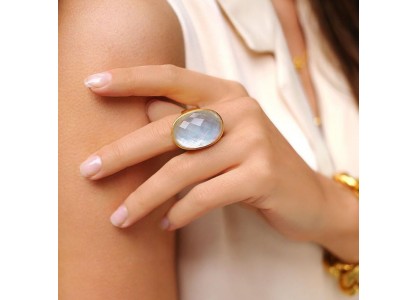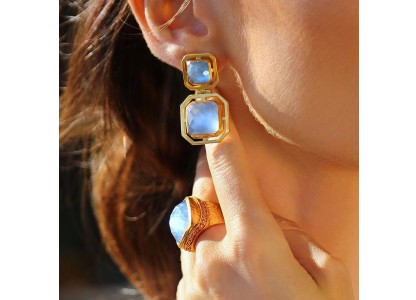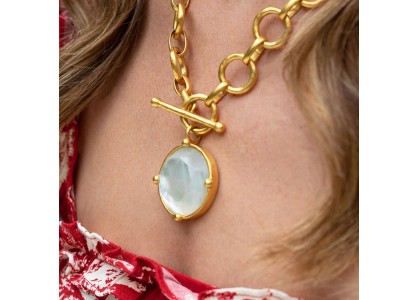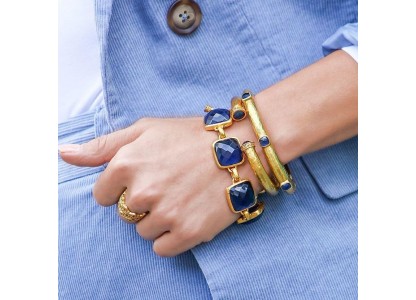Charoite

Charoite jewelry
Etymology and history
Charoite is an unsual mineral and of rare occurence. It is found to date in only one location: along the Chary River at Aldan in Russia. Charoite is a rare mineral, first described in 1978 and named for the Chara River It has been reported only from the Sakha Republic, Yakutia, Siberia, Russia It is found where a syenite, the Murunskii Massif, has intruded into and altered limestone deposits producing a potassium feldspar metasomatite.
Charoite description
Charoite is translucent lavender to purple in color with a pearly luster. However, it is a discrete mineral rather than a rock. Charoite is strictly massive in nature, and fractures are conchoidal. It has an unusual swirling, fibrous appearance, sometimes chatoyant, and that, along with its intense color, can lead many to believe at first that it is synthetic or enhanced artificially. Though reportedly discovered in the 1940s, it was not known to the outside world until its description in 1978. It is said to be opaque and unattractive when found in the field, a fact that may have contributed to its late recognition. Charoite is used as an ornamental stone and sometimes a gemstone, generally as cabochons set into pendants.
Charoite in Jewelry
Charoite is used as an ornamental stone and as a gemstone. It forms a swirling pattern of interlocking crystals. The color of charoite is described as a stunning lavender, lilac, violet and/or purple. All can be used as all are probably present in every swirling example. The look of charoite is unlike any other mineral and can't be mistaken. It has the appearance of purple marble, but really defies description. Its popularity would probably be much greater if not for its "synthetic" character. It simply looks unnaturally beautiful.
Occurrence
It is found to date in only one location: along the Chary River at Aldan in Russia.
Talk to Our Jewelry Experts
Monday to Friday from 9AM to 5PM EST

